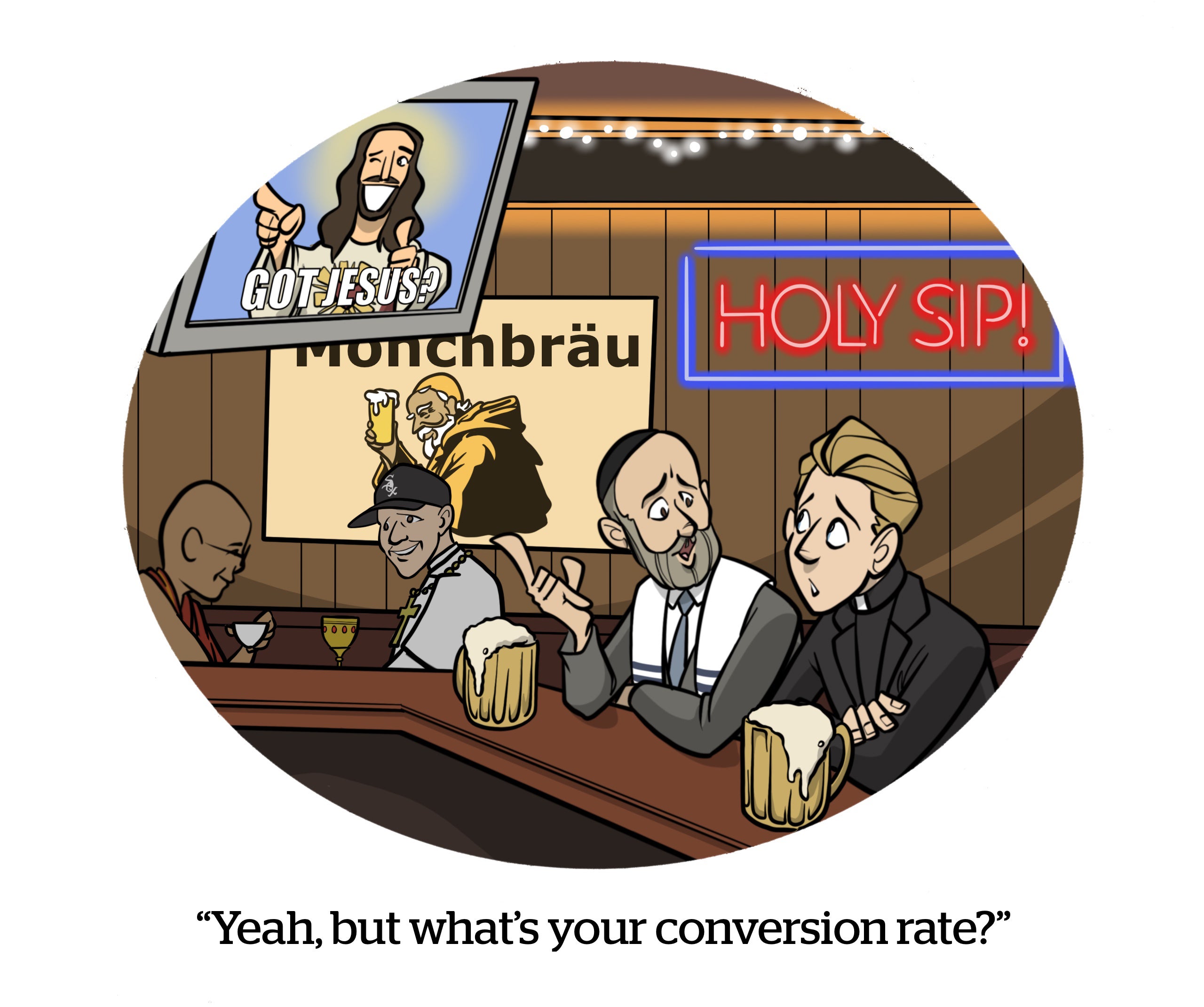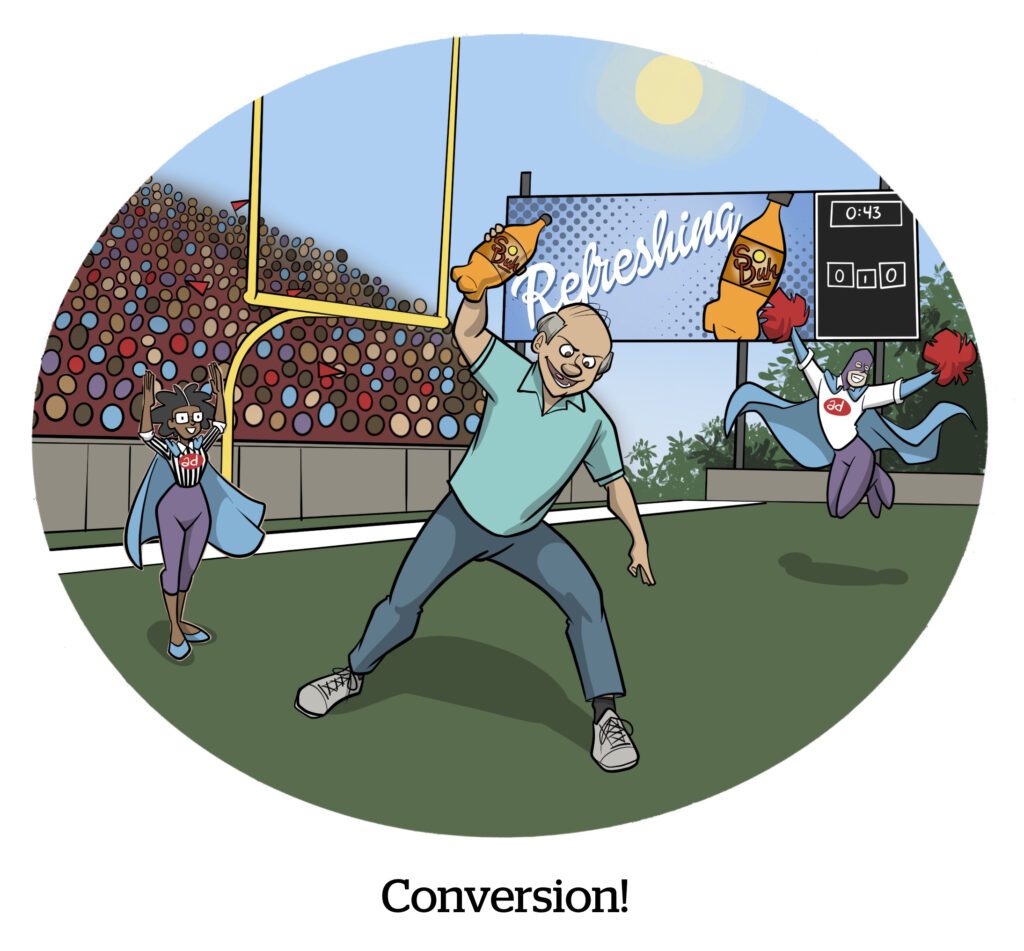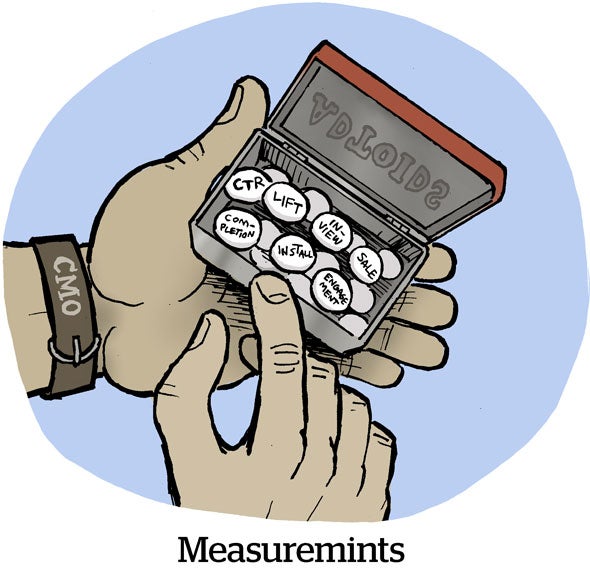Hot: Server-side conversion APIs that send marketing data directly to ad platforms.
Not: Traditional browser-based tracking methods like cookies, pixels and scripts.
Thanks to privacy regulations and browser restrictions, client-side tracking – as in, collecting and tracking user behavior directly through a browser – has become a heck of a lot harder to do.
Enter: Conversion APIs.
CAPIs, as they’re known, have surged in popularity because they offer a direct data pipeline that allow brands to circumvent privacy limitations put in place by Apple, Google and other browser makers, including blocking certain tracking cookies and restricting access to fingerprinting.
Some consider CAPIs to be a more privacy-preserving form of measurement, because brands and publishers have more direct control over what data is tracked and how it’s shared.
Nearly all of the large ad platforms now have a CAPI or related product. Meta was the first to release one in 2020, followed by Google, TikTok, Snap, Pinterest, LinkedIn, Spotify, Yahoo DSP and others.
But privacy rationales aside, CAPIs have also caught on because brands are demanding more accurate measurement and a clearer understanding of ROI by channel, said Brett Cella, VP of marketing technology in the Americas for Brandtech-owned digital agency Jellyfish, which has helped many of its brand clients with CAPI deployments.
“CAPIs are pretty much essential for brands looking to drive precision and personalization and to improve measurement and performance while staying compliant,” Cella said.
Ready to serve
How exactly do they work, though?
CAPIs send conversation information – think clicks, purchases, signups and even offline events, like in-store sales or CRM data – straight from a company’s server to an ad platform partner.
When someone takes an action on a website or app, like making a purchase or filling out a form, that activity is logged by the business’s backend systems, such as a server, data warehouse, customer data platform or marketing automation platform.
The server then sends details about this action to an ad platform’s CAPI, including what the action was, when it happened, where it happened, which ad or channel led to the conversion and related identity information; a hashed email or phone number, for instance, or some other internal identifier.
The ad platform receives these details and connects them to ads that the user interacted with in order to verify which exposures contributed to the action.
Advertisers get reports that include insights about completed conversions, customer behavior and which ads drove results.
Those insights can be used to optimize budget allocations on the platform in question. Yahoo DSP’s conversion API, for example, is effective for optimizing campaigns on Yahoo media. Meta’s CAPI, likewise, works for optimizing across Meta’s family of apps, but doesn’t extend to other platforms outside of Meta.
“All marketers have objectives when they run advertising campaigns,” said Jill Wittkopp, VP of product management at the IAB Tech Lab. “What a conversion API does is give marketers a way to express to their partners when those objectives are being met in a more predictable and reliable way than with pixels.”
“More predictable and reliable” from a measurement perspective, because CAPIs bypass app and browser privacy restrictions – but also, arguably, less privacy preserving for the very same reason.
CAPIs could be considered a workaround because they help maintain the status quo of ad tracking while still enabling data collection for advertising purposes – and that is a concern among some advertisers, said Matt Gray, SVP of partnerships and alliances at Tealium, which has a server-side integration product that connects with multiple CAPIs.
But their concern is based on a misconception, he said.
“CAPIs don’t bypass privacy laws; they’ve got to respect them,” Gray said. “A CAPI gives you more control over your data, but it doesn’t give you permission; you still need consent.”
And the garbage-in/garage-out adage also applies.
CAPI implementations require regular monitoring to ensure data quality and consistent performance, Gray said.
“In order to get trustworthy results – and we’ve seen people improve lift by 20% and 30% – you have to send clean, deduped data,” he said. “Some people assume that you can just turn it on and it automatically improves performance, but that’s just not the case.”
Lost in conversion
Setting up a CAPI implementation isn’t a massive technical lift, but does it require some level of familiarity with server-to-server integrations, event mapping and ad platform campaign reporting.
Many brands will work with their ad tech vendors or agencies to handle the setup so that everything is configured properly, Jellyfish’s Cella said.
 “If you have the right specialist on your team and a partner to help deploy, it’s not actually all that difficult,” he said.
“If you have the right specialist on your team and a partner to help deploy, it’s not actually all that difficult,” he said.
Even with the right help, though, it can be a bumpy process. Every platform has its own technical quirks. That’s why the IAB Tech Lab recently began developing industry standards for CAPIs, the first version of which should be ready for comment later this year.
As with any technical specs, the purpose is to remove friction so that a new technology can scale.
“When advertisers want to integrate with their chosen partners, we don’t want them to have to think so hard about it,” Wittkopp said. “And to achieve that, the CAPIs themselves need to shift to match the standard.”
For example, each ad platform has a proprietary template for which conversion events should be sent and how those events are defined. Different platforms may also have different taxonomies and data fields for the same type of events, like a product ID or a timestamp.
These nuances can prove challenging, Wittkopp said, “because everyone has their own preconceived notion of what a conversion is.”
“If the whole objective is to provide your partners with the ability to measure your goals and optimize against the achievement of your goals,” she said, “then you obviously want to make sure that you’re pointing them toward the right goals.”


















